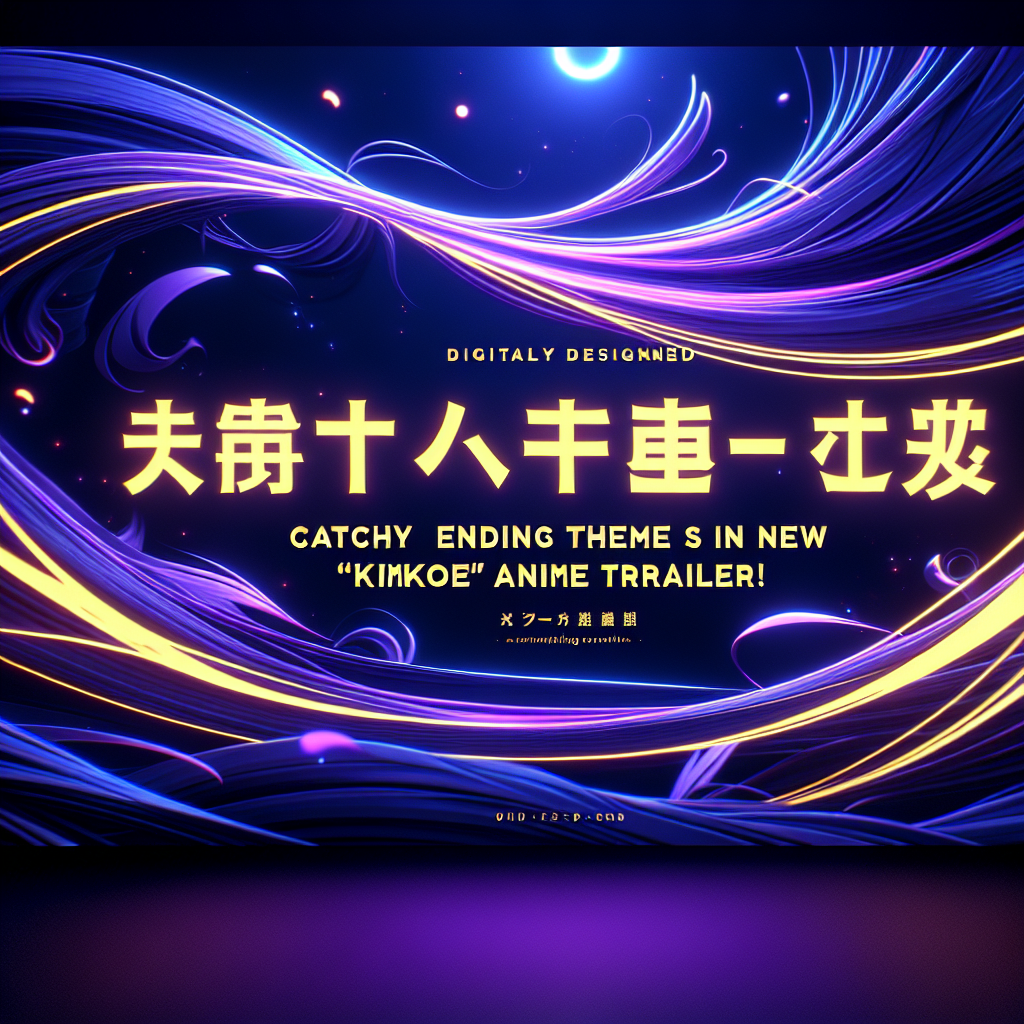In the high-stakes world of media and entertainment, understanding the competitive landscape and anticipating industry trends is paramount. Recent comments from Christoph Waltz regarding the use of CGI have ignited a debate that offers valuable insights for M&E supply chain professionals.
Waltz’s statement that “CGI is for losers” – delivered during a press event for Guillermo del Toro’s upcoming Frankenstein – raises critical questions about production strategies, resource allocation, and talent management within the industry. Waltz has starred in numerous VFX-heavy films, including Alita: Battle Angel, Spectre, The Legend of Tarzan, The Green Hornet, and The Zero Theorem.
This perspective, whether intended as jest or genuine critique, underscores the ongoing tension between practical effects and digital artistry. For producers, content strategists, and development executives, this translates to a need for a nuanced understanding of the strengths and limitations of each approach. Are audiences becoming fatigued with over-reliance on CGI? Does a return to practical effects offer a competitive advantage, particularly in attracting awards recognition?
The economic implications are also significant. As highlighted, VFX artists often face challenges regarding fair compensation, job security, and industry recognition. Any shift in production philosophy will inevitably impact resource allocation and talent acquisition strategies.
Del Toro, in response to Waltz’s comment, emphasized the importance of judicious resource management, stating, “When you grab resources as a filmmaker, there is no bad resource. There are badly used resources… [Digital effects] are not an easy solution. The more you have experience with the tools, the more you know how to work with them.”
This balanced perspective highlights a crucial element of supply chain management: optimizing resource utilization to achieve the desired creative vision within budgetary constraints. A clear understanding of evolving market expectations, audience preferences, and emerging technologies is essential for making informed decisions about production workflows.
Ultimately, the industry must balance the need for cost-effective solutions with the imperative to treat VFX artists fairly. Waltz’s comment underscores the importance of recognizing the contributions of all members of the production team. This awareness can help foster a healthier and more sustainable creative ecosystem.
Persons: Christoph Waltz, Guillermo del Toro, Jamie Lang, Dennis Berardi, Ivan Busquets, Stacey Dodge, James Cameron, Don Hertzfeldt, Pete Docter, Matt Groening, Brenda Chapman, Ramsey Naito, Maggie Kang, Chris Applehans, Gints Zilbalodis
Company Names: Netflix, ILM, Herne Hill Media, Ticket VFX, Hotspring, BOT VFX, Yannix, Disney, Glitch Productions, Blizzard, CWA, Microsoft, ASIFA-Hollywood, National Film Institute Hungary, SVA, USC, Miam!
Titles: Frankenstein, Alita: Battle Angel, Spectre, The Legend of Tarzan, The Green Hornet, The Zero Theorem, Pacific Rim, Hellboy, Pan’s Labyrinth, The Shape of Water, Crimson Peak, Knights of Guinevere, Hexed, Animation Mixtape, Cyberpunk: Edgerunners, TRASH!, Flow, Limbo, KPop, Lesbian Space Princess, Diablo
Disclaimer: This article has been auto-generated from a syndicated RSS feed and has not been edited by Vitrina staff. It is provided solely for informational purposes on a non-commercial basis.
































